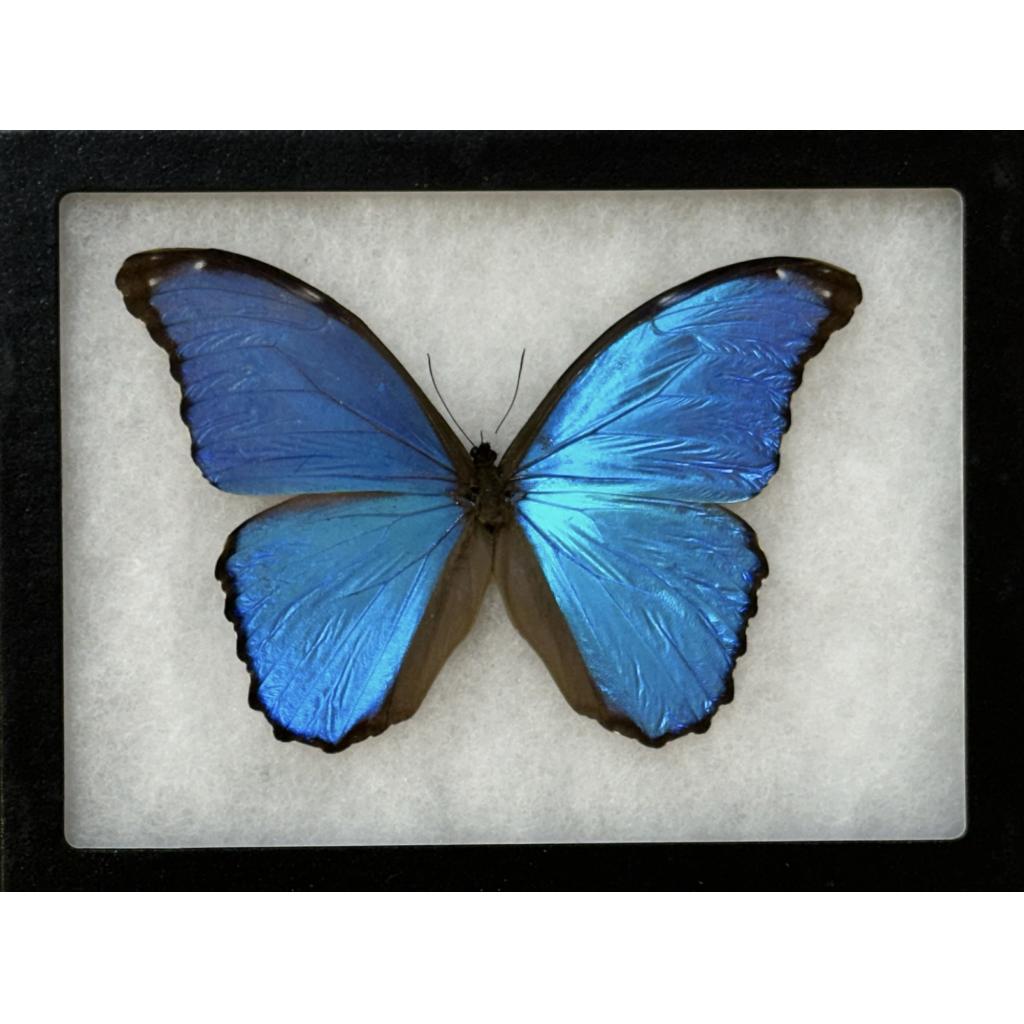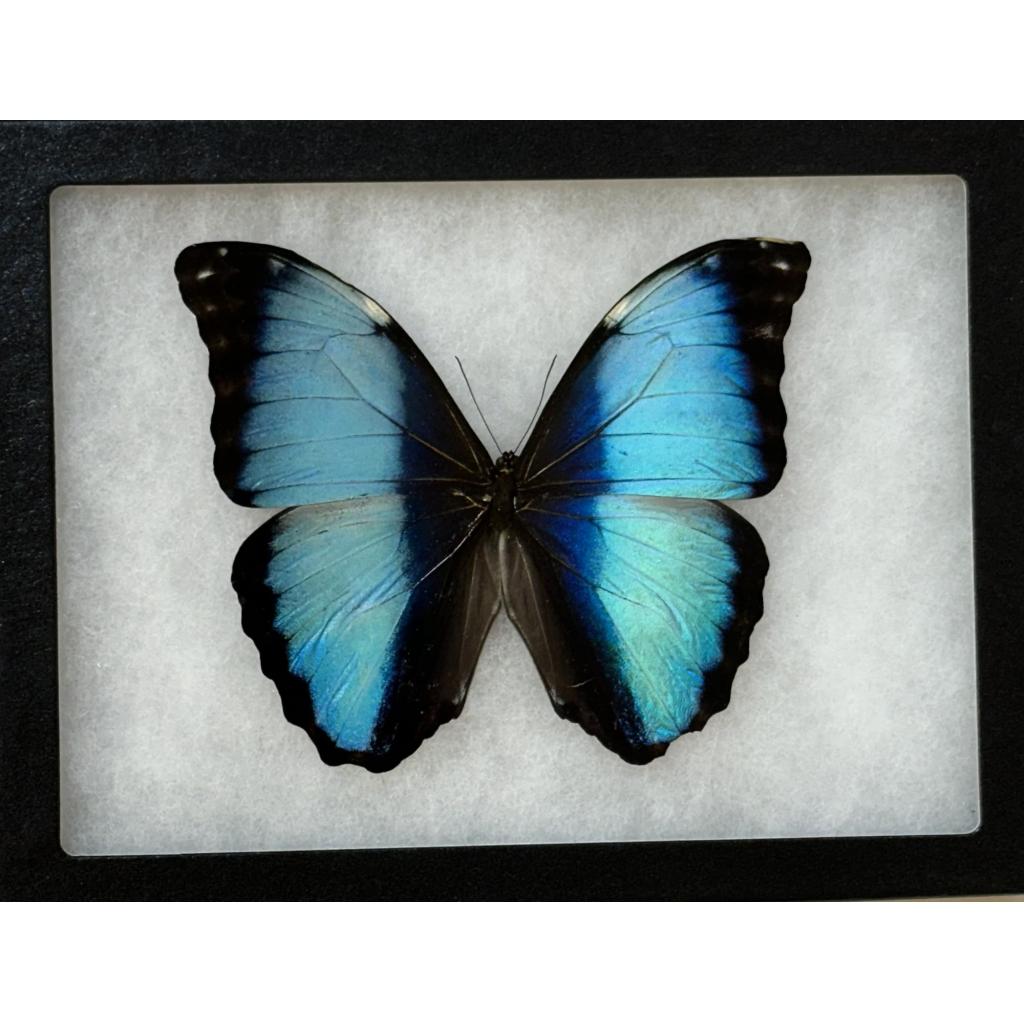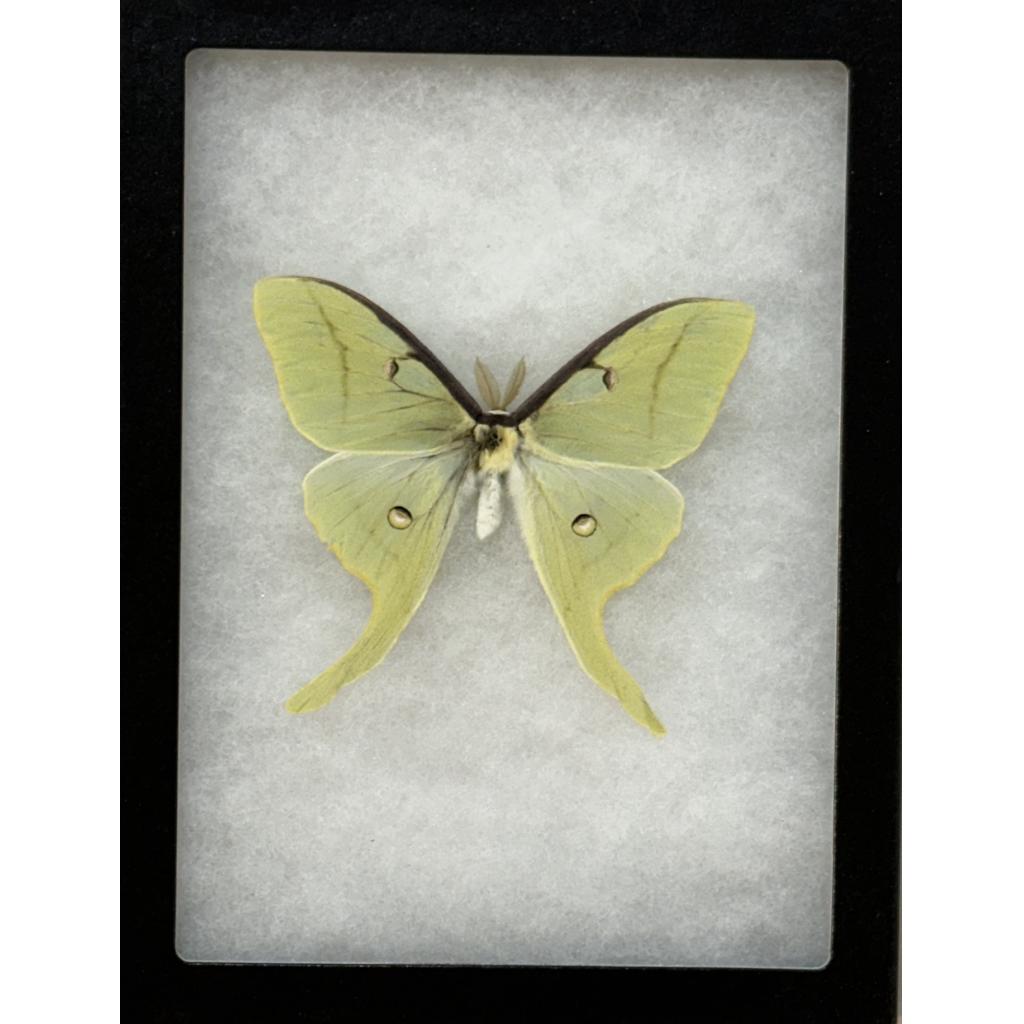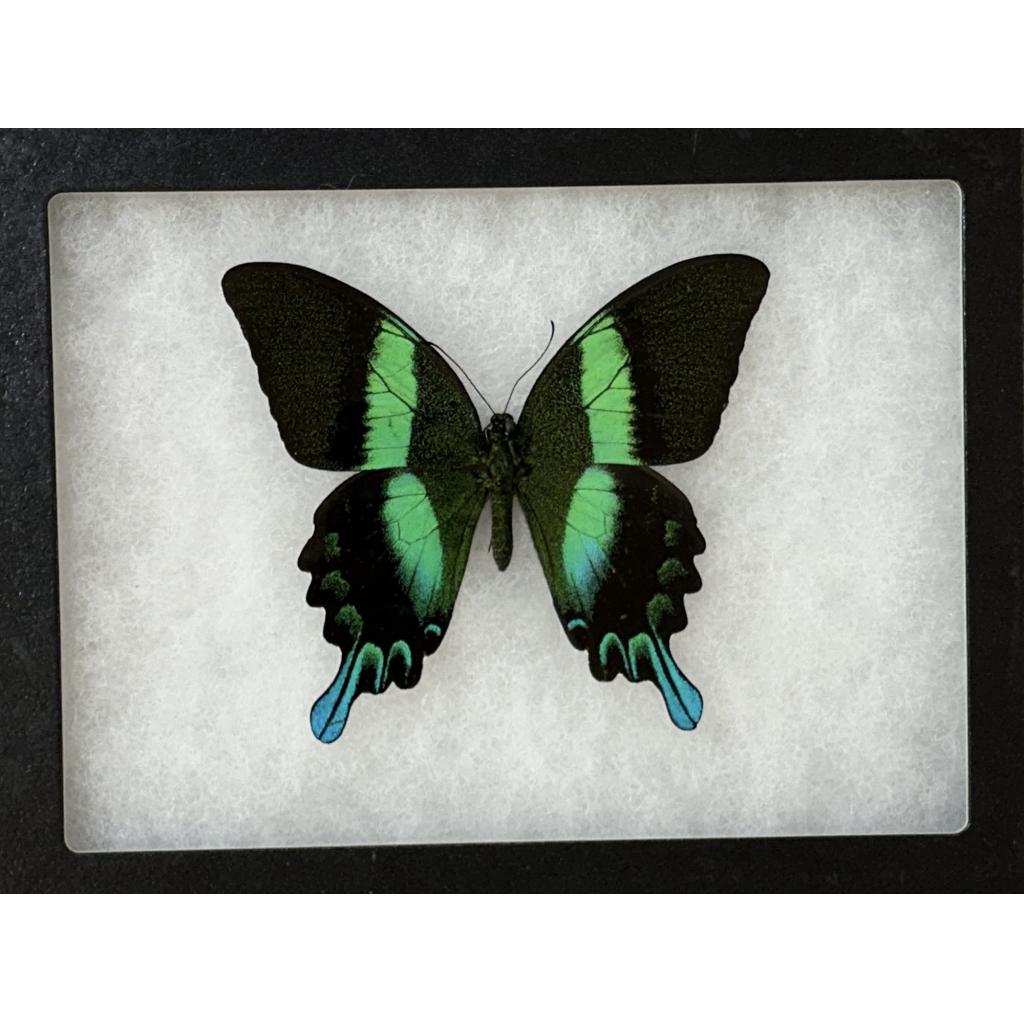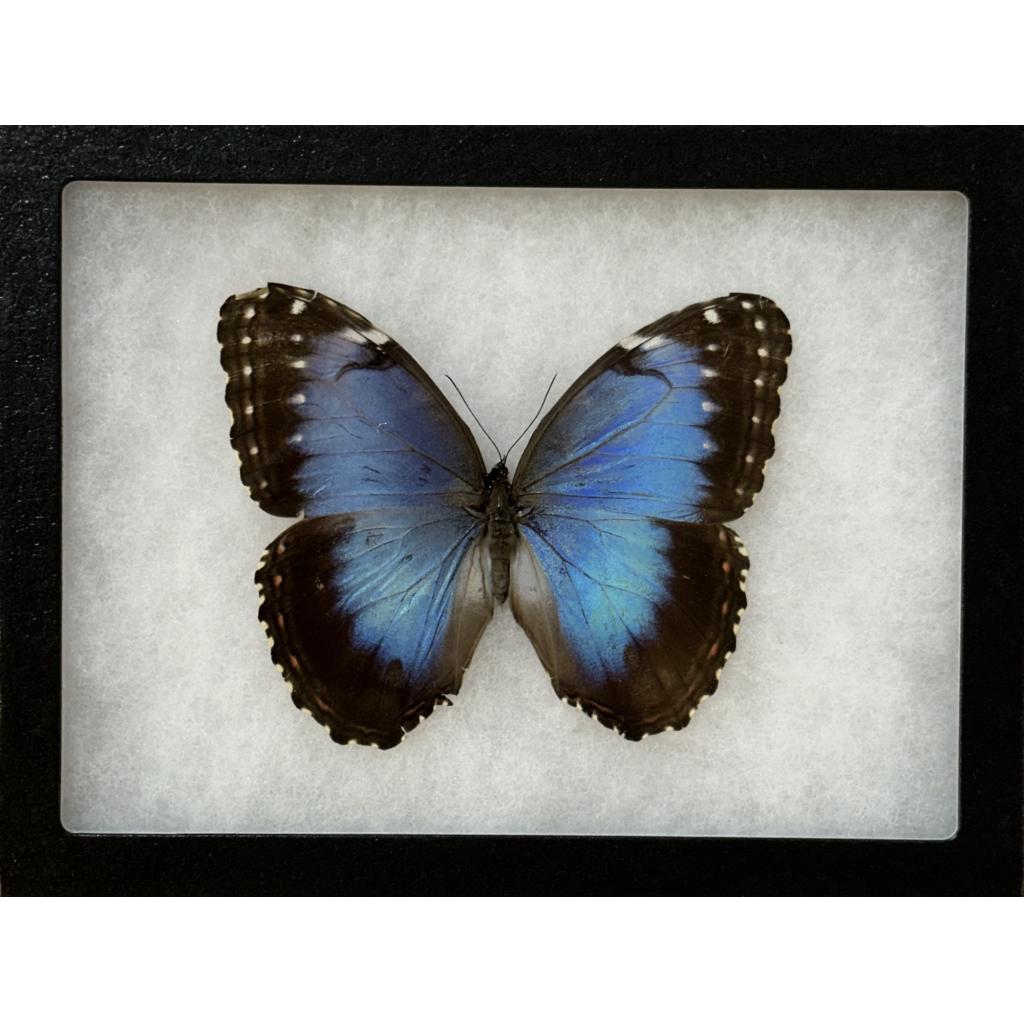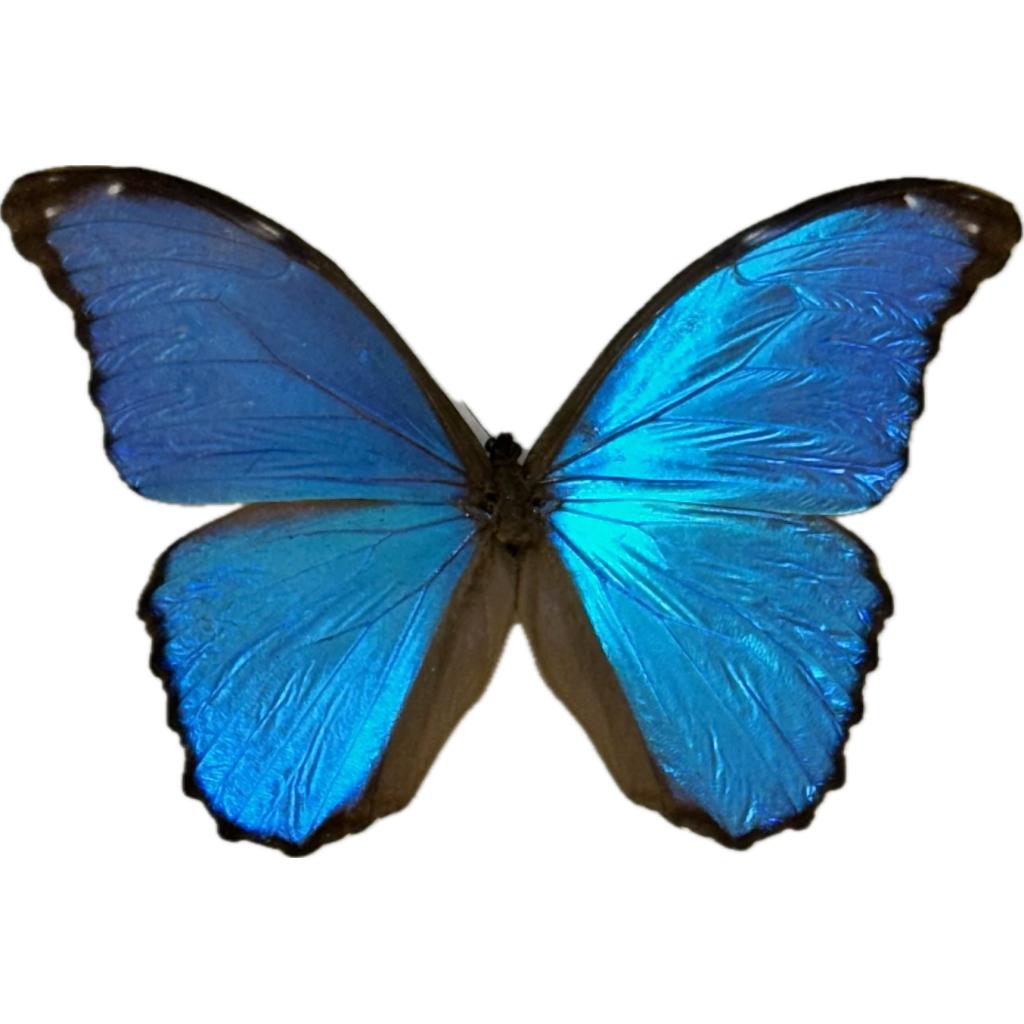
Butterflies, members of the order Lepidoptera, are fascinating insects admired for their exquisite beauty, intricate life cycles, and crucial ecological roles. With over 20,000 species worldwide, butterflies exhibit incredible diversity in color, size, and behavior. This extensive group is distributed across various ecosystems, from dense rainforests to arid deserts, showcasing their adaptability to different environments.
Life Cycle: The life cycle of a butterfly is a remarkable journey of metamorphosis, consisting of four distinct stages: egg, larva (caterpillar), pupa (chrysalis or cocoon), and adult. The process begins with the female butterfly laying eggs on suitable host plants, ensuring the survival of the caterpillars that will hatch. The caterpillar emerges and embarks on a voracious feeding phase, consuming plant material to fuel its growth.
After several molts, the caterpillar enters the pupal stage, where it undergoes a profound transformation within a protective structure—either a chrysalis or cocoon—depending on the species. Inside this structure, the caterpillar undergoes metamorphosis, breaking down its body tissues and rebuilding them into the adult form. This process can take weeks or months, depending on environmental conditions and species characteristics.
Finally, the adult butterfly emerges from the pupal case, its wings initially soft and crumpled. As the wings expand and dry, the butterfly gains the strength to fly, initiating its journey as a fully developed adult capable of reproduction.
Physical Characteristics: Butterflies are known for their delicate and colorful wings, which play a crucial role in courtship rituals, species identification, and predator deterrence. The intricate patterns and vibrant colors result from pigments and microscopic scales covering the wing surface. These scales contribute to the butterfly’s ability to reflect and refract light, creating the dazzling hues that captivate observers.
Butterfly wings are not only aesthetically pleasing but also serve essential functions. They are crucial for flight, enabling butterflies to engage in various behaviors such as feeding, mating, and migrating. The wing patterns and colors often act as a defense mechanism, deterring predators through mimicry, camouflage, or the display of eyespots resembling larger, intimidating creatures.
Ecological Roles: Butterflies play vital roles in ecosystems as pollinators and contributors to food webs. As they feed on nectar from flowers, they facilitate the transfer of pollen, contributing to the reproduction of flowering plants. This mutualistic relationship is crucial for the maintenance of biodiversity and the production of fruits and seeds.
In their larval stage, butterflies, or caterpillars, contribute to nutrient cycling by consuming plant material. Despite being voracious eaters, their feeding activities rarely cause significant harm to plant populations. Instead, they often promote new growth and stimulate regenerative processes in plants.
Additionally, butterflies serve as a crucial component in food chains, acting as a food source for various predators, including birds, spiders, and other insects. Their colorful patterns may also signal toxicity or unpalatability, deterring potential predators from consuming them.
Species Diversity: The incredible diversity of butterfly species spans the globe, with various adaptations that enable them to thrive in different habitats. Some notable examples include:
- Monarch Butterfly (Danaus plexippus): Known for its lengthy migrations, the Monarch butterfly travels thousands of miles between North America and Mexico, with generations completing the journey. Their striking orange and black wings are easily recognizable.
- Blue Morpho Butterfly (Morpho spp.): Found in Central and South America, the Blue Morpho is renowned for its dazzling iridescent blue wings. The color is a result of microscopic scales refracting light, creating an optical effect rather than a pigment-based color.
- Swallowtail Butterflies (Papilionidae family): This diverse family includes species like the Peacock Swallowtail, which displays vibrant green and blue hues, and the Eastern Tiger Swallowtail, recognized for its yellow and black stripes.
- Painted Lady Butterfly (Vanessa cardui): A widespread species found on every continent except Antarctica, the Painted Lady exhibits a mottled appearance with orange, black, and white markings.
- Lycaenidae family (Blues, Coppers, and Hairstreaks): This diverse family includes small butterflies known for their intricate patterns and often brilliant colors. Some species have unique interactions with ants, forming mutualistic relationships.
Threats and Conservation: Butterflies face various threats, primarily due to habitat loss, climate change, pesticide use, and pollution. As many species are highly specialized and dependent on specific plants for survival, habitat destruction and fragmentation significantly impact their populations. Climate change alters the distribution of host plants and can disrupt the synchronization between butterfly emergence and the availability of resources.
Pesticides pose a direct threat to butterflies, as they can harm both larvae and adults. Additionally, the use of herbicides may eliminate critical host plants, further diminishing butterfly habitats. Pollution, including air and water pollution, can negatively impact butterflies and their ecosystems.
Conservation efforts are crucial to safeguard butterfly populations and their habitats. Initiatives include the protection of natural habitats, the cultivation of butterfly-friendly gardens with native plants, and the reduction of pesticide use. Butterfly monitoring programs also contribute valuable data for understanding population trends and informing conservation strategies.
Butterfly Gardening: Creating butterfly-friendly gardens is a popular and effective way to support butterfly populations. Planting nectar-rich flowers provides a food source for adult butterflies, while incorporating host plants supports caterpillars during their larval stage. Native plant species are particularly beneficial, as they are well-adapted to the local ecosystem.
Water features, such as shallow puddles or mud patches, provide essential minerals and hydration for butterflies. Avoiding the use of pesticides and herbicides helps maintain a healthy environment for these delicate insects.
Butterflies in Culture and Symbolism: Throughout history, butterflies have captivated human imagination and found their way into art, literature, and cultural symbolism. In many cultures, butterflies are associated with transformation, rebirth, and the soul’s journey. The profound metamorphosis of caterpillar to butterfly serves as a powerful metaphor for personal growth and change.
In some Native American cultures, butterflies symbolize endurance and change, while in Japanese folklore, they represent the transient nature of life. Butterflies also hold symbolic significance in various religious and spiritual traditions, often embodying beauty, grace, and the ephemeral nature of existence.
In conclusion, butterflies are not only visually stunning insects but also essential contributors to ecosystems worldwide. Their diverse adaptations, life cycles, and ecological roles highlight their significance in the natural world. As these delicate creatures face increasing threats, conservation efforts become imperative to preserve their beauty and ensure their vital contributions to biodiversity persist for future generations to appreciate.
